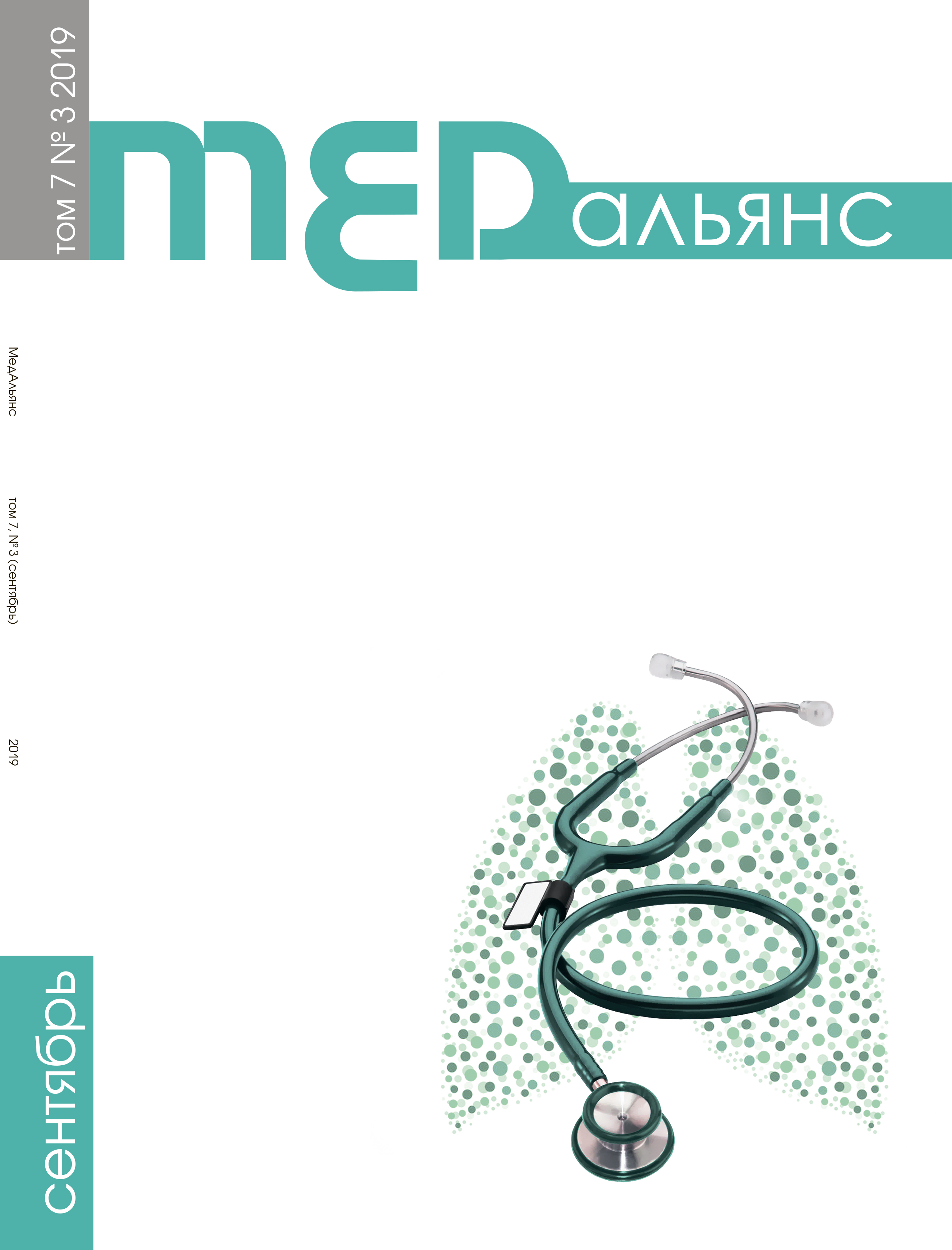Abstract
On the territory of the Omsk region, as in the Russian Federation, there is a persistent trend towards a decrease in the incidence of extrapulmonary tuberculosis. Objective: to study the anamnestic, epidemiological and clinical features of children with a diagnosis of extrapulmonary tuberculosis, established according to “typical” clinical and radiological manifestations or proven bacteriologically or histologically. Materials and methods. A retrospective study of 118 children aged 0–14 years from 2001–2015 registered as “extrapulmonary tuberculosis” with or without lung lesions was conducted. Group 1 consisted of 49 patients with a “typical” clinical x-ray picture of tuberculosis, a group of 2–69 cases, with extrapulmonary specific process, verified bacteriologically and / or using molecular genetic methods or histology. Differences between groups were determined using Pearson ?2 test, p test <0,05. Results. The difficulty of confirming the diagnosis of extrapulmonary tuberculosis in childhood has been established; the presence of comorbidities in history (94.2%, p<0.05), the availability of the lesion for bacteriological or histological examination (urine, pus, punctate) increases the likelihood of a diagnosis verification.

